The Museum was originally opened in 1963 at an old Norfolk and Western Railway freight depot located along the Roanoke River. In 1985, a flood destroyed the museum and much of the collection. It was re-opened in 1986 at is current location in downtown Roanoke, the Norfolk and Western Railway Freight Station. The station was built in 1918 and was recognized as a National Historic Site in 2012.
This is a working model of a steam engine and tender that runs on coal. It was built from 1958-1978 from scratch by Bill Stull, an obvious lover of early trains in the United States.
We loved this amazing O gauge model train display that had multiple levels of track with trains on timers. It was so cool!
I know my brother would have loved seeing this Matchbook car collection.
We both really enjoyed the Advance Auto Parts Auto Gallery that features cars dating back to 1904.
Two car products were produced by Virginia-owned companies in the early 1900s. This 1918, 7-passenger Touring Car, by Kline Kar is one of only two that remain in existence today. The company closed in 1923.
1914 Ford Model T Touring Car ($550 new) and a 1925 Ford Model T Truck.
1981 Delorean - DMC 12 used in all three Back to the Future movies. Manufactured in Ireland, the sticker price was $25,000.
1930 Durant ($845); company went bankrupt in 1932 and a 1936 Cadillac Fleetwood Coupe ($2,500+). The Fleetwood model was produced for decades.
The Studebaker Company was founded in 1852 and continued operations until the 1960s. Below are a Studebaker Half-Platform Wagon (c 1870); 1912 Studebaker; 1950 Land Cruiser.
1953 MG TD, a two-seater roadster produced in England that sold for 2,222 pounds. The color is the famous British Racing Green that was very popular for decades. (This was one of John's favorites!)
Designed and built by George I. Neal is a quarter inch scale circus model. The exhibit is 128 square foot exhibit. Loved it!
Models of four ships, all named for the town of Roanoke, are on display at the Maritime Exhibit.
USS Roanoke, Screw Freighter, launched 1857, was used during the Civil War to enforce the Union blockade in North and South Carolina.
CSS Roanoke, Armed Tugboat (of the Confederate States) was purchased in 1861 and burned during the evacuation of Richmond in 1865.
USS Roanoke (CL-145), Light Cruiser, was launched in 1947 and decommissioned in 1958.
USS Roanoke (AOR-7), Replenishment Oiler, was launched in 1974 and decommission in 1995.
Rail Gallery. Below is a Velocipede Hand Car (hand powered) used for track inspections, crew transfers, and telegraph line maintenance dating back to the 1800s.
John, the engineer!
Norfolk and Western China used in dining cars.
Telegraph Office.
Wings over Virginia Aviation Gallery.
Airport beacon light (c 1950) from the Roanoke Airport.
Also, there were interesting exhibits about Women in Aviation and Notable Roanoke Pilots.
We proceeded to the outside to the large Rail Yard where many engines, cabooses, and rail cars are on display.
Additional historic transportation vehicles can be found here including this Freight Wagon/Prairie Schooner (c 1900); similar to the ones used in 1840s that carried as much as 1.5 tons of household items, food, etc. and horse-drawn Hearse.
Prior to departing the museum, we walked to the end to see the Jupiter Missile on display there.
Don't miss this poignant sculpture dedicated to the firefighters who gave their lives in service to the citizens of Roanoke.
We very much enjoyed this museum and highly recommend a visit if you are in the Roanoke area. I think kids would have a great time here as well as adults. Admission is $8/adults; $7/seniors plus a 5.5% tax. Check out their web site for hours of operation and additional information about the museum.
Website: www.vmt.org
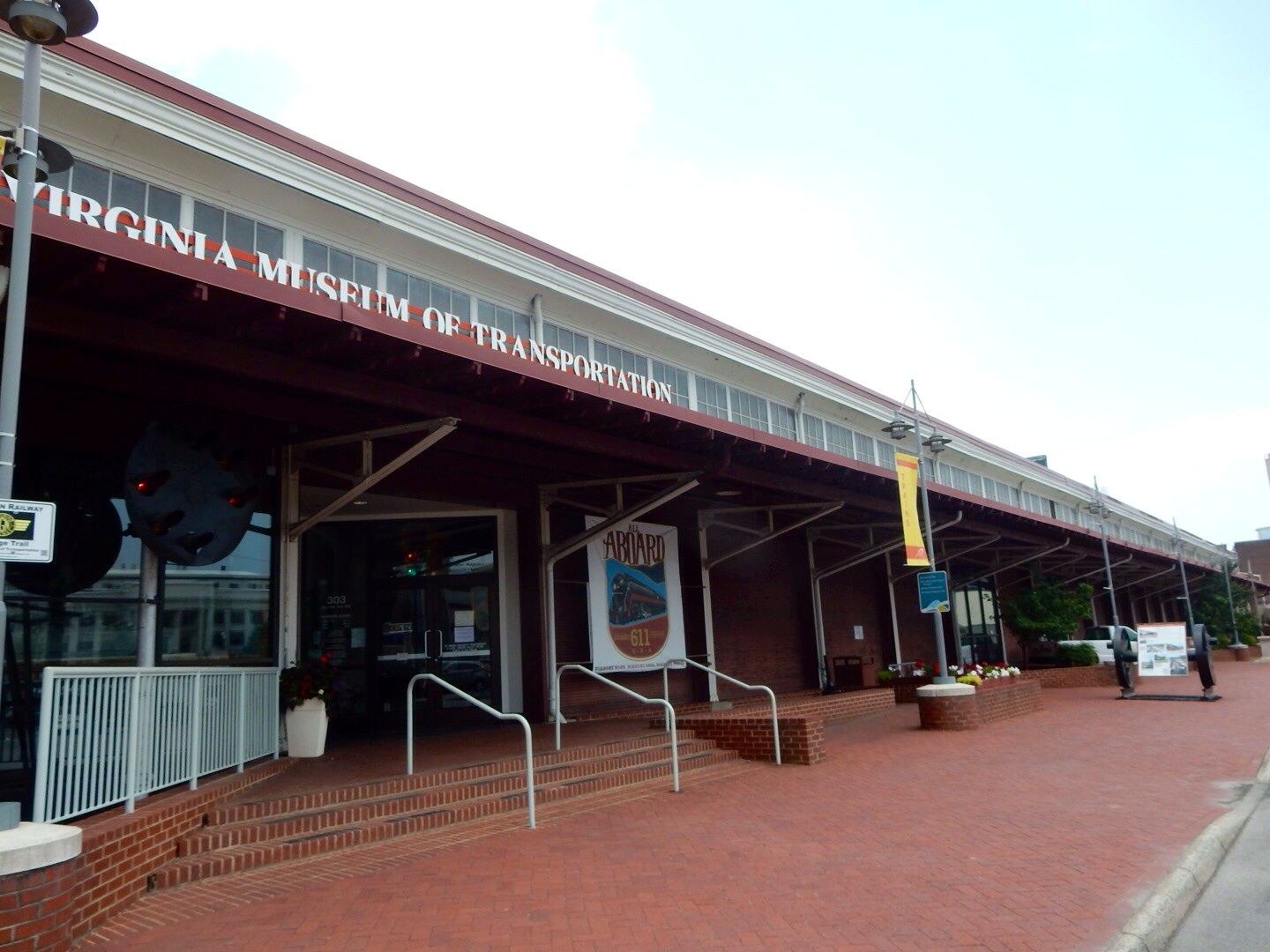


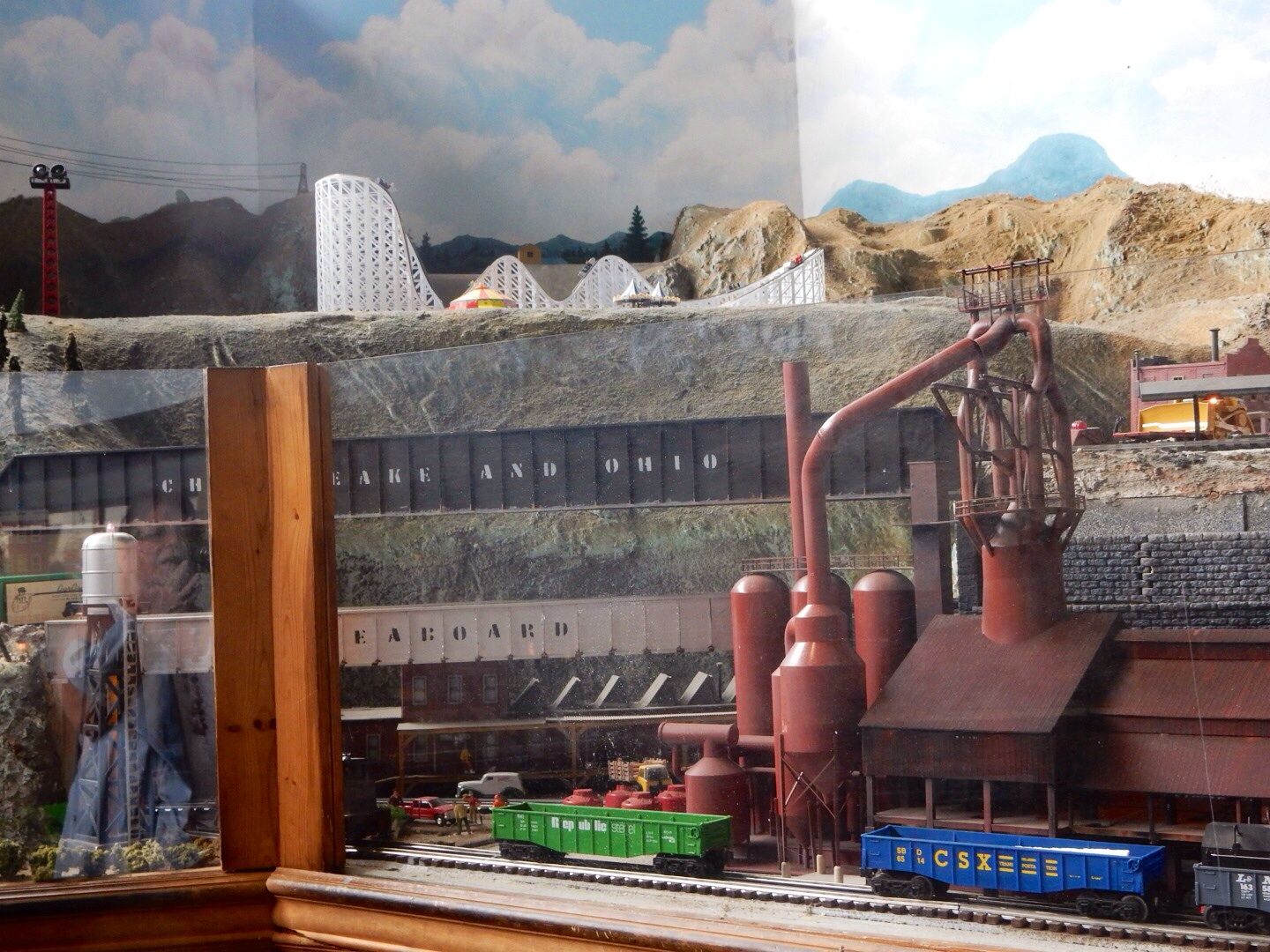
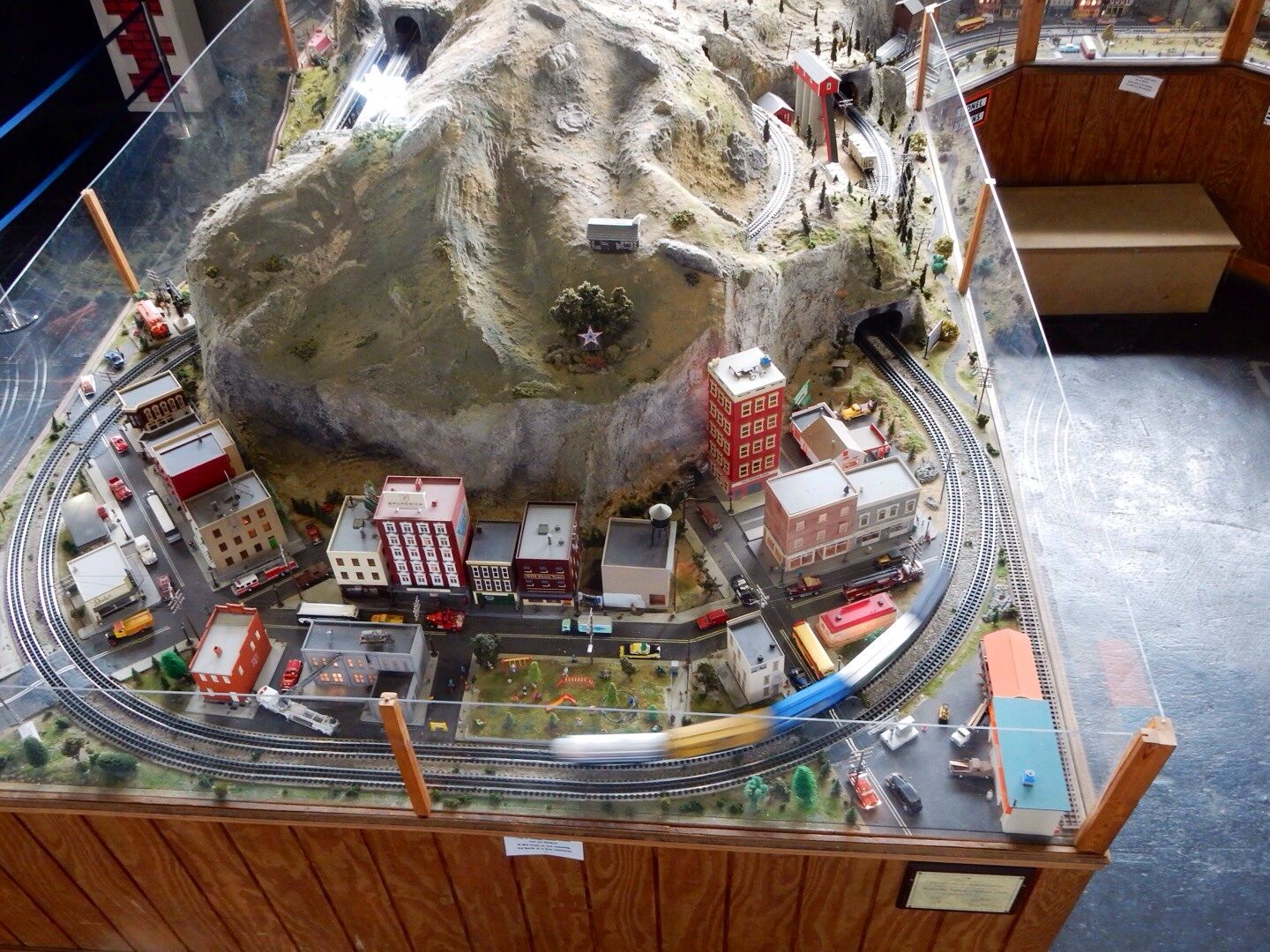
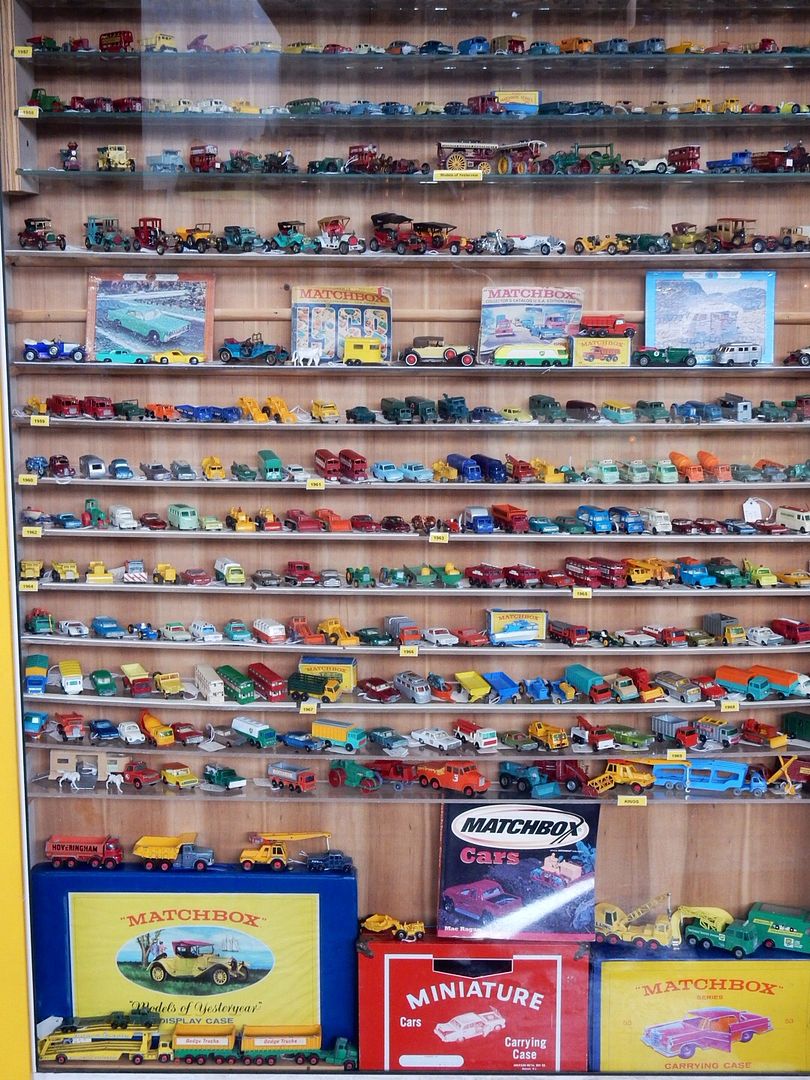


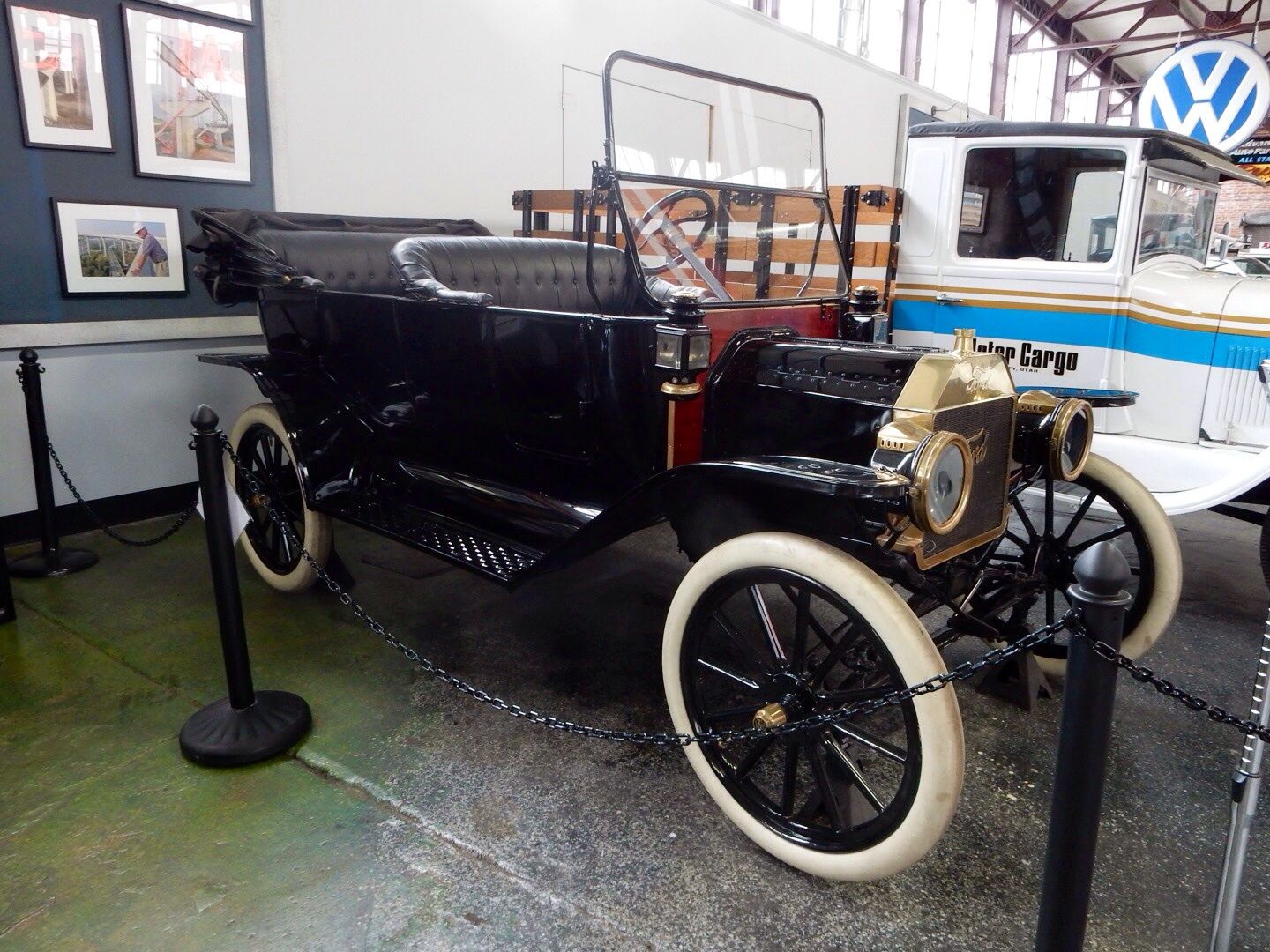
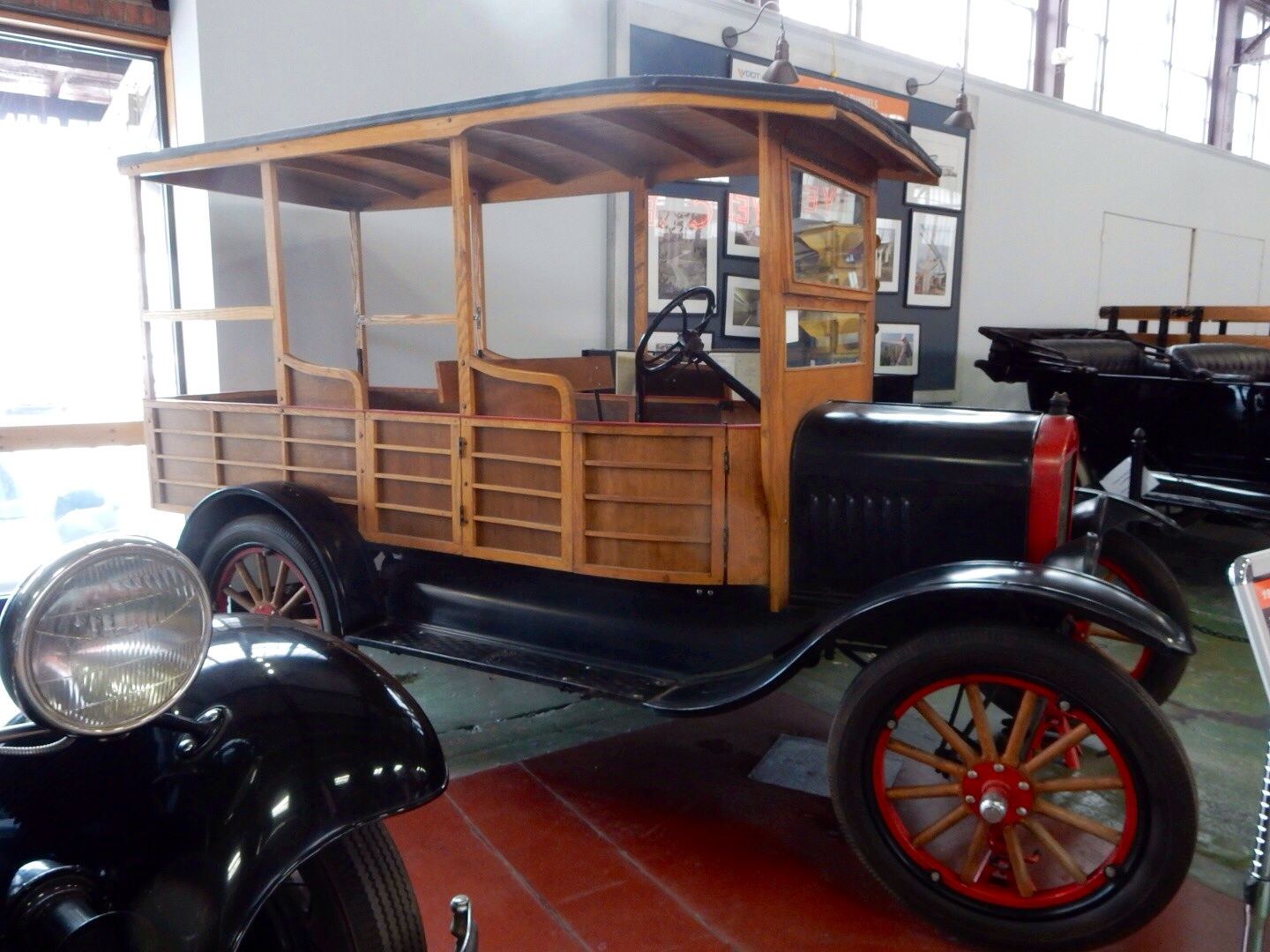
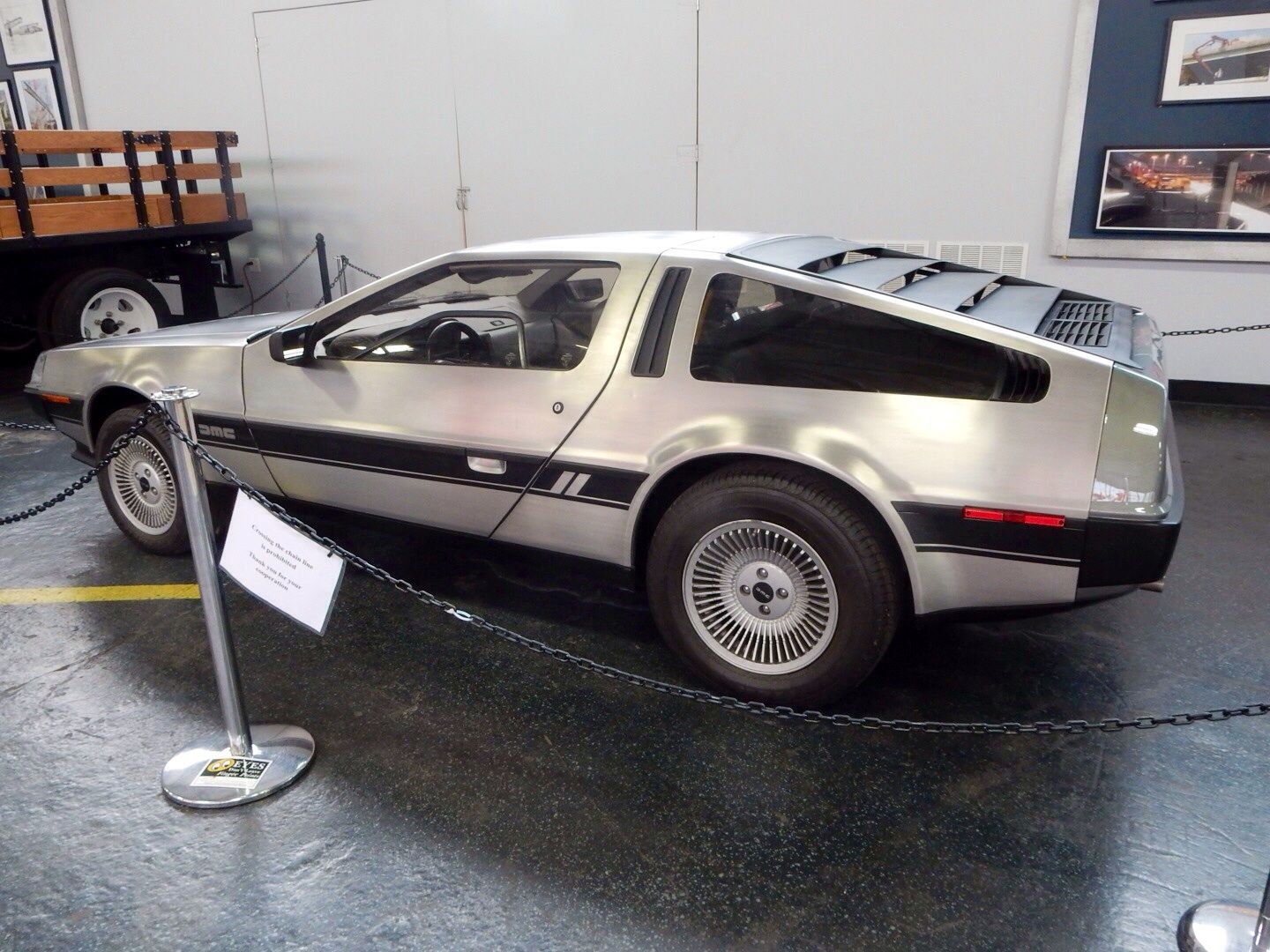
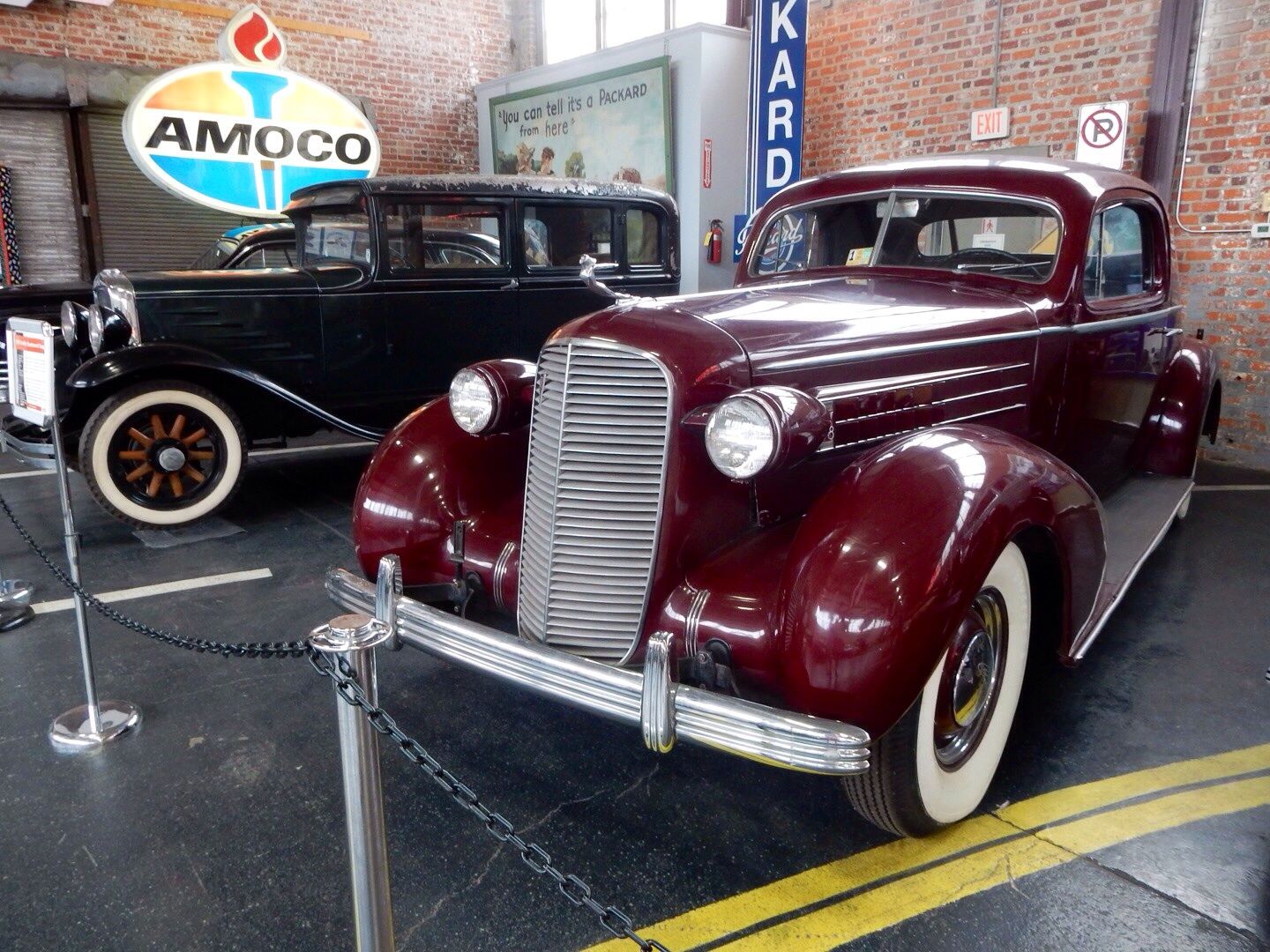
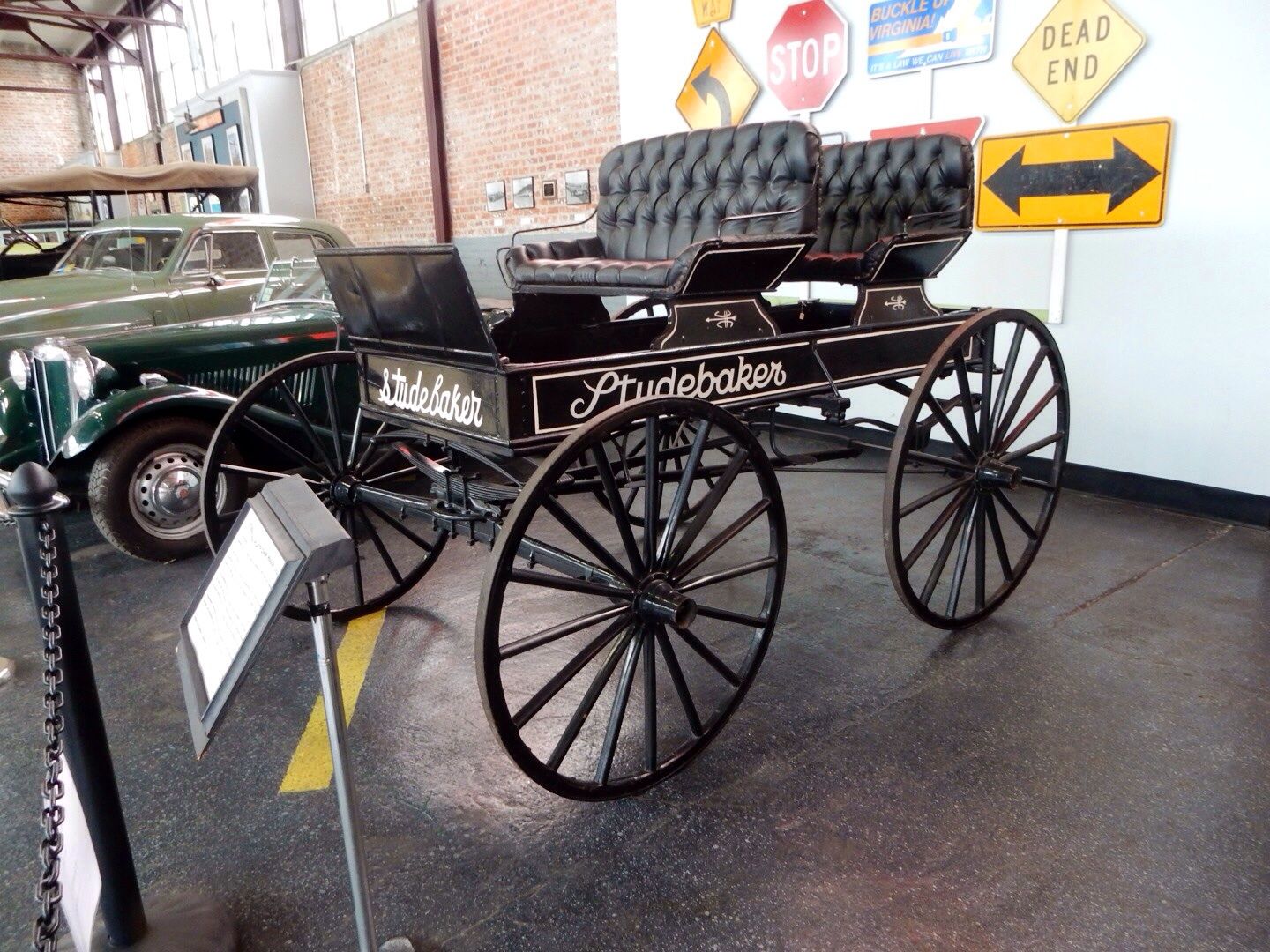
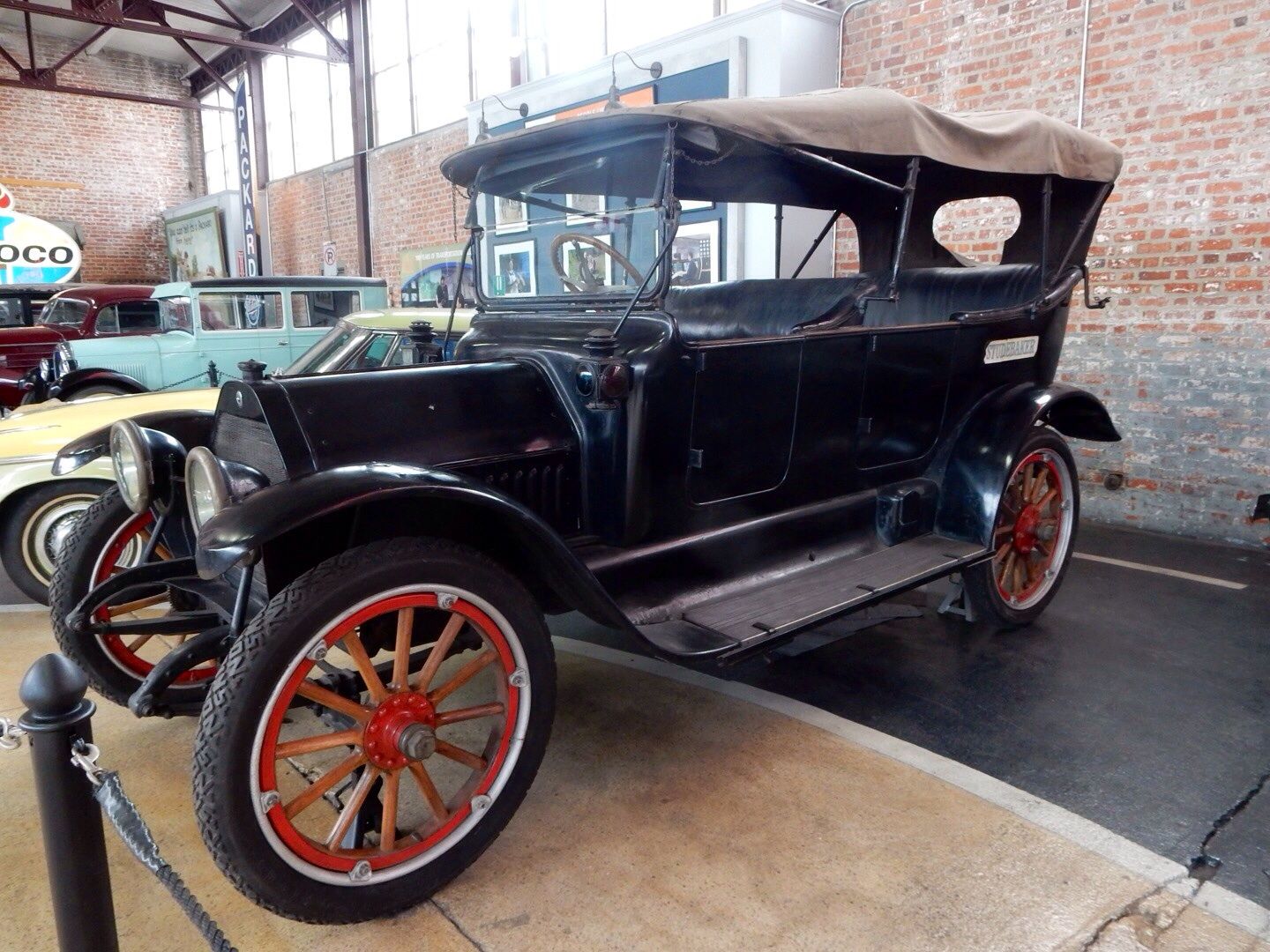

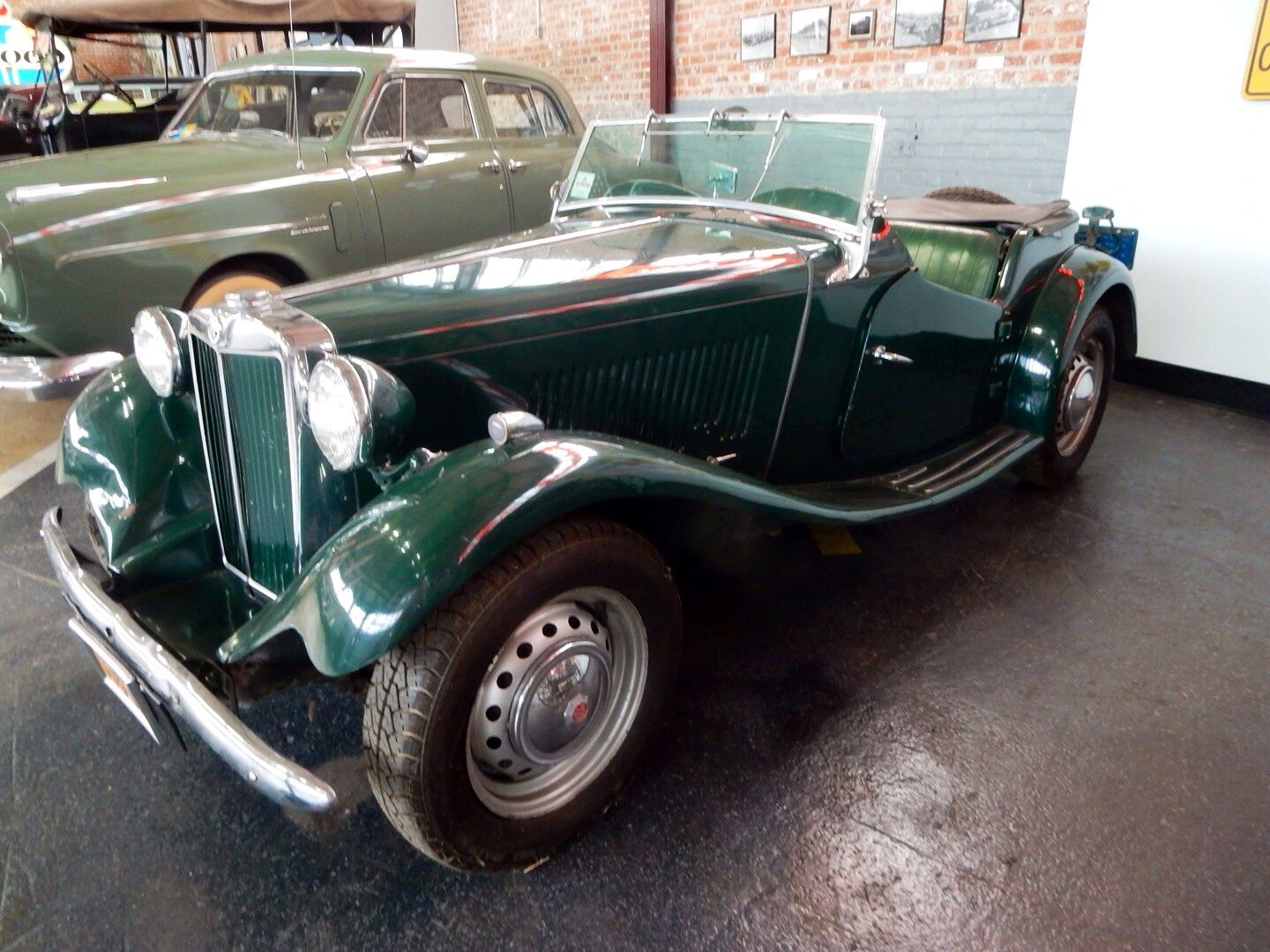


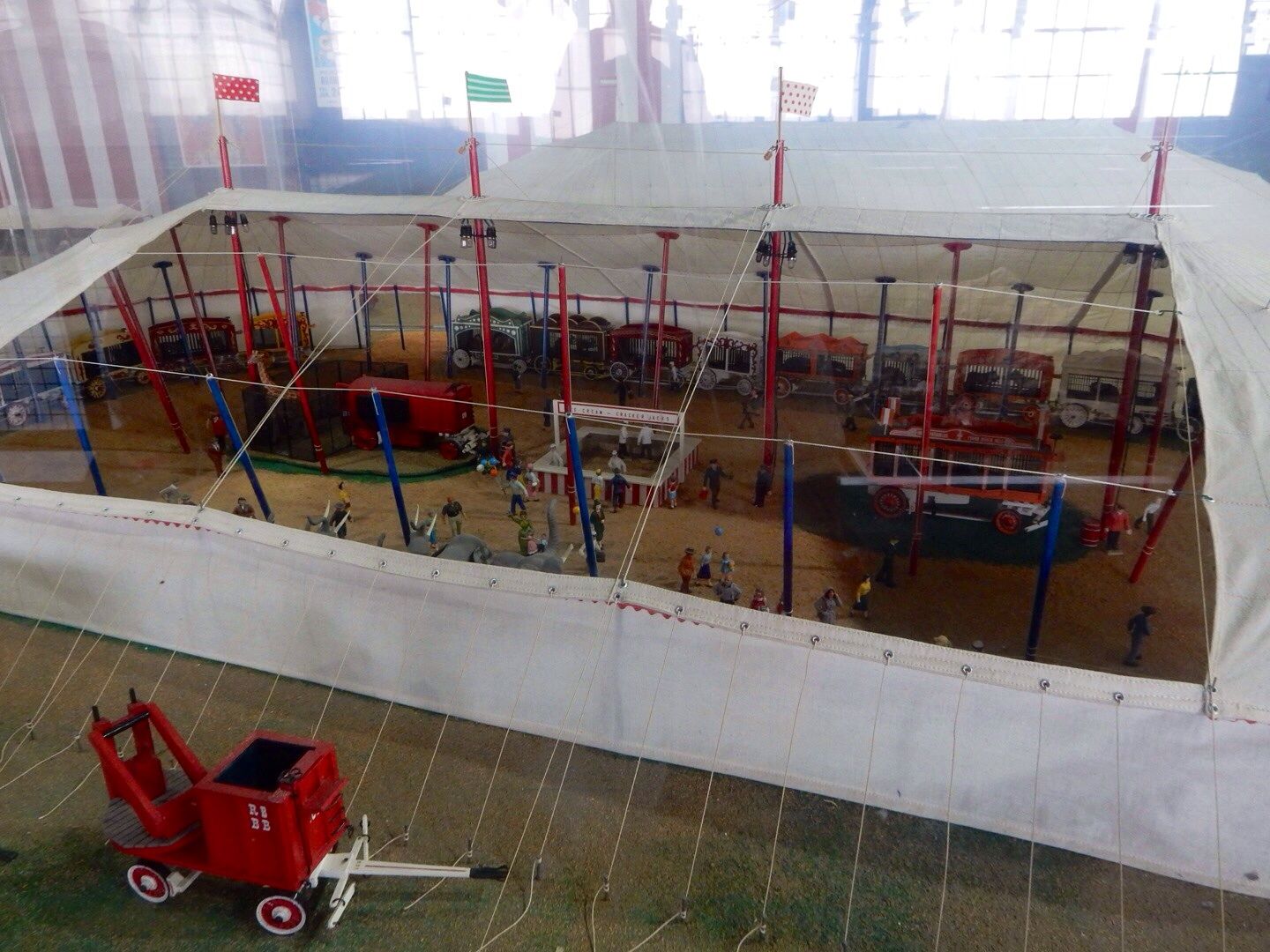

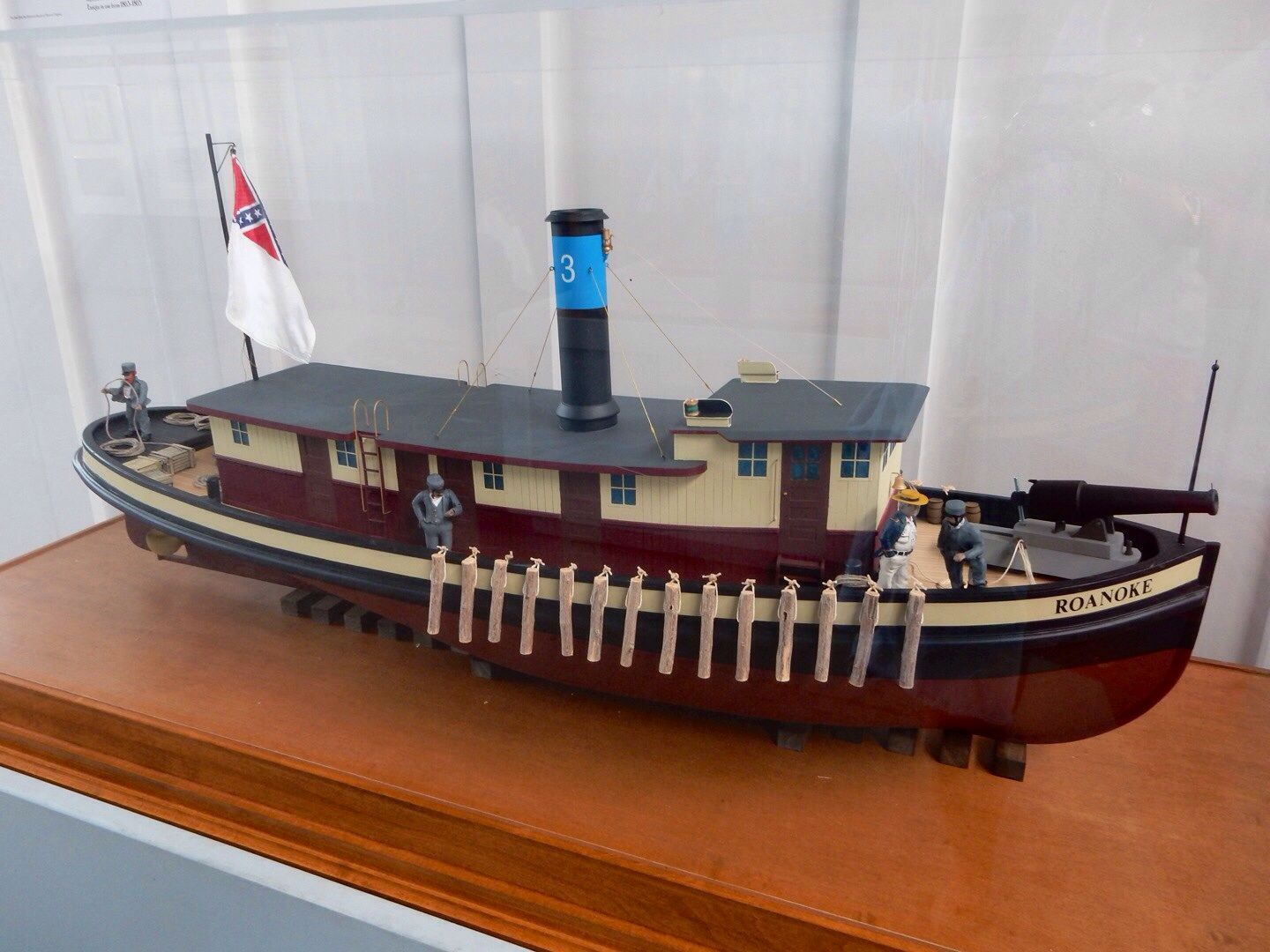
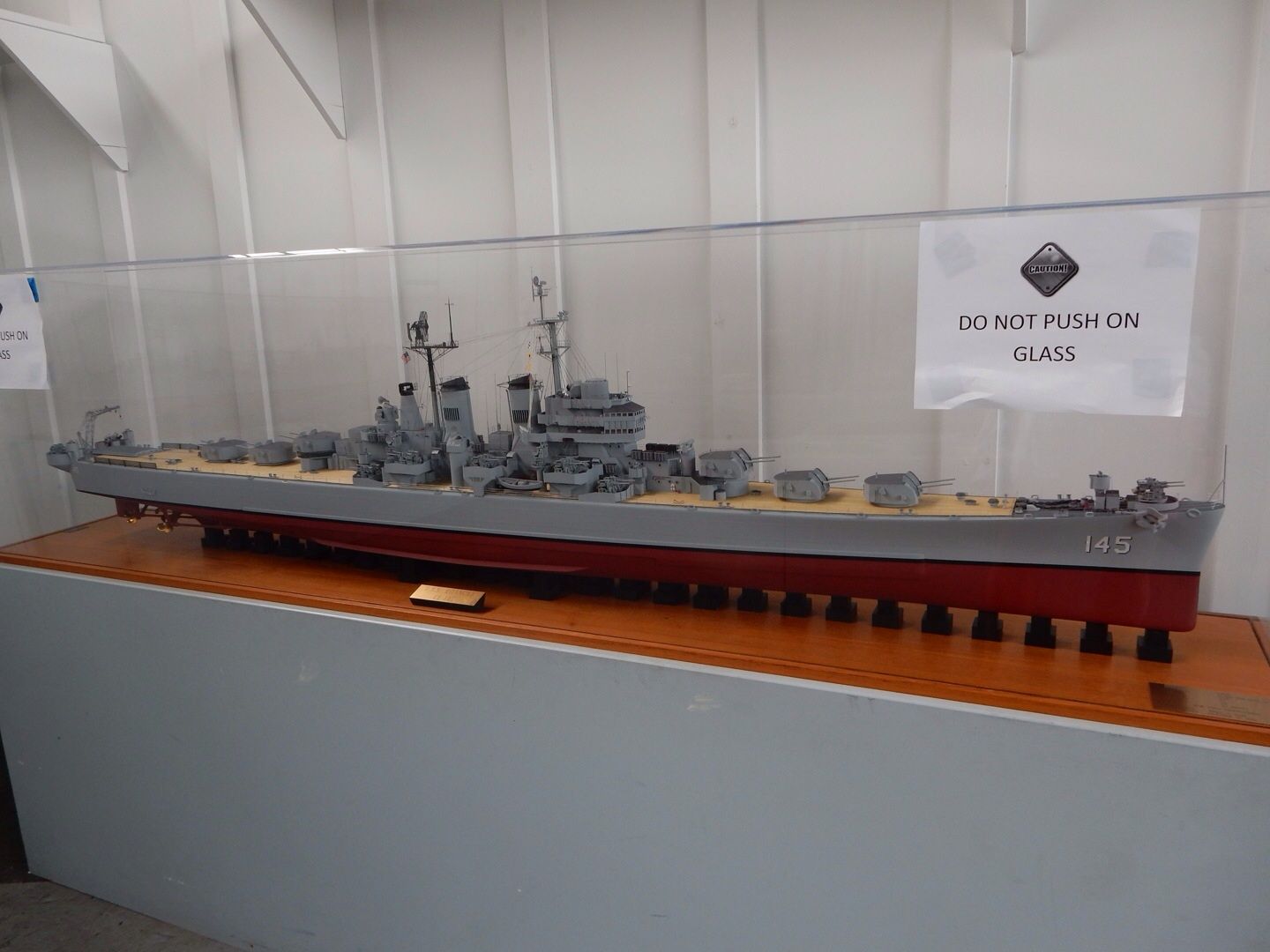
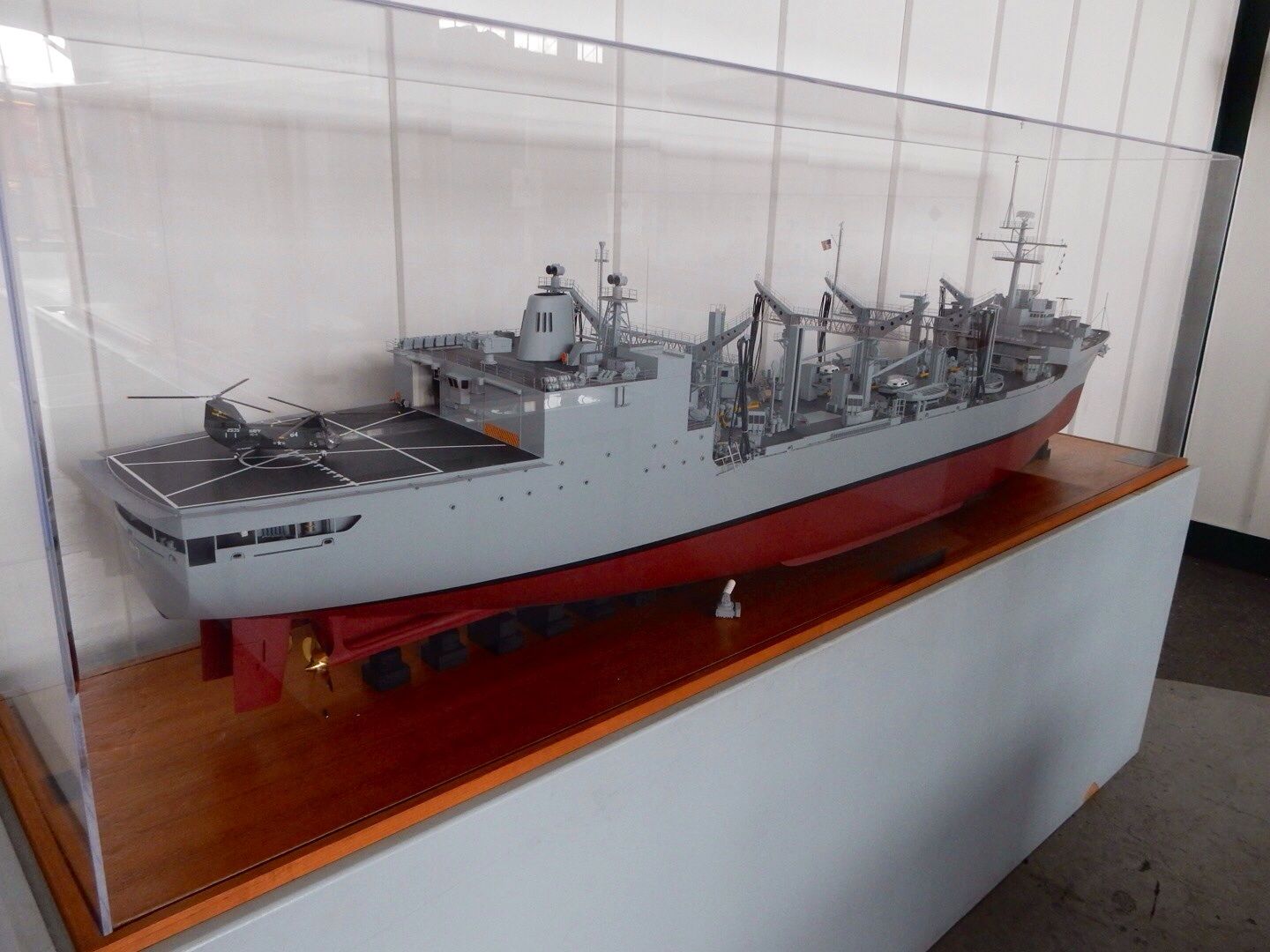
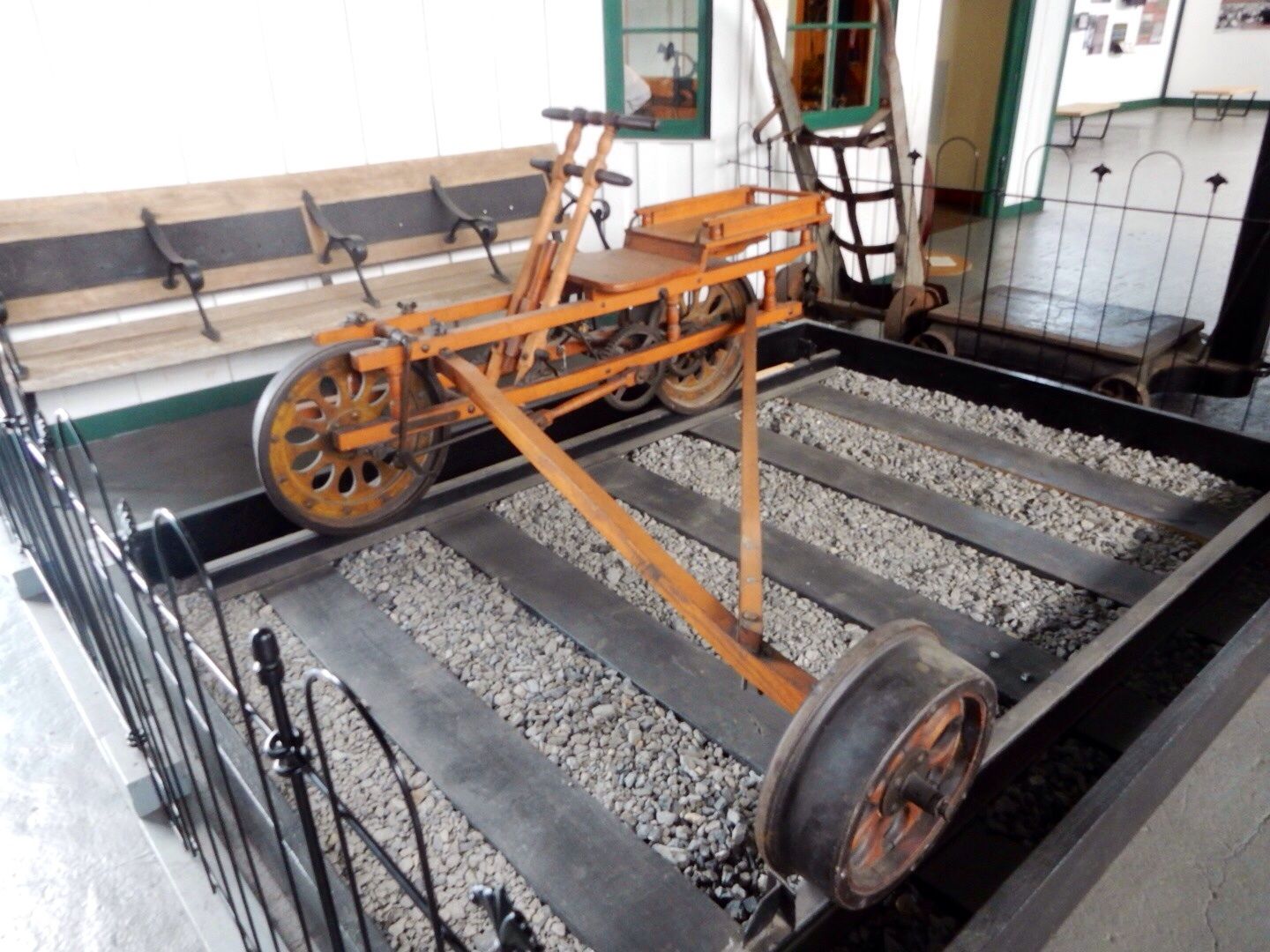
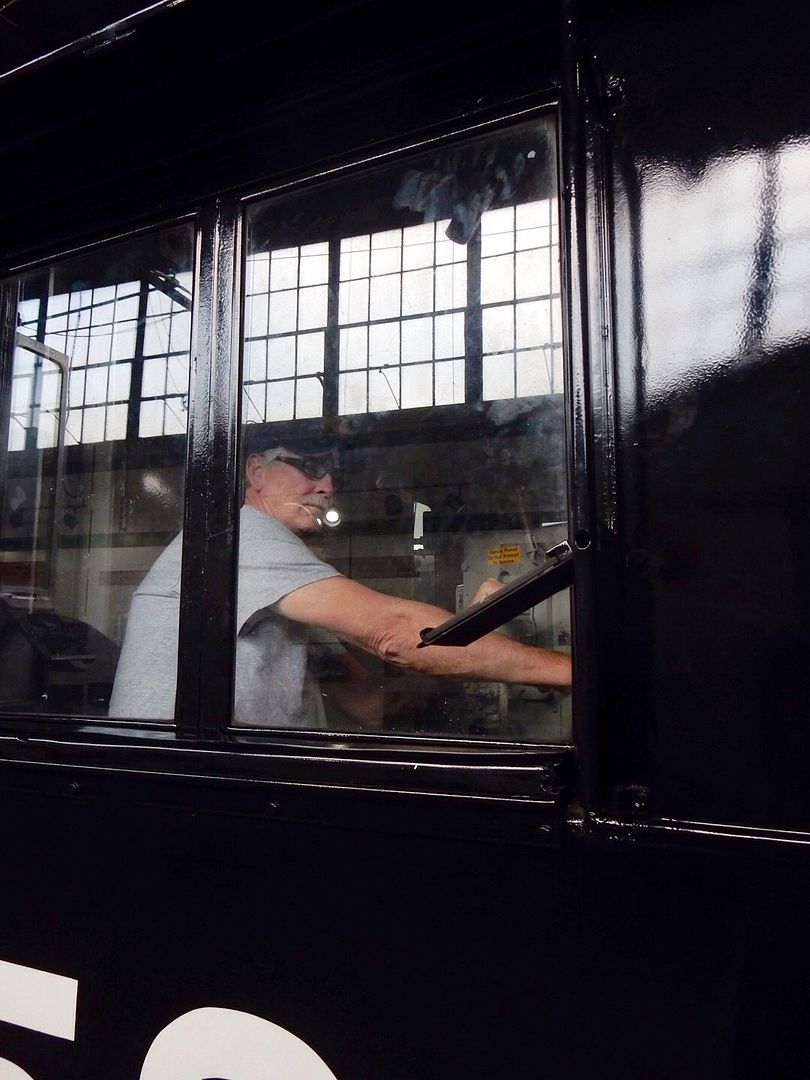

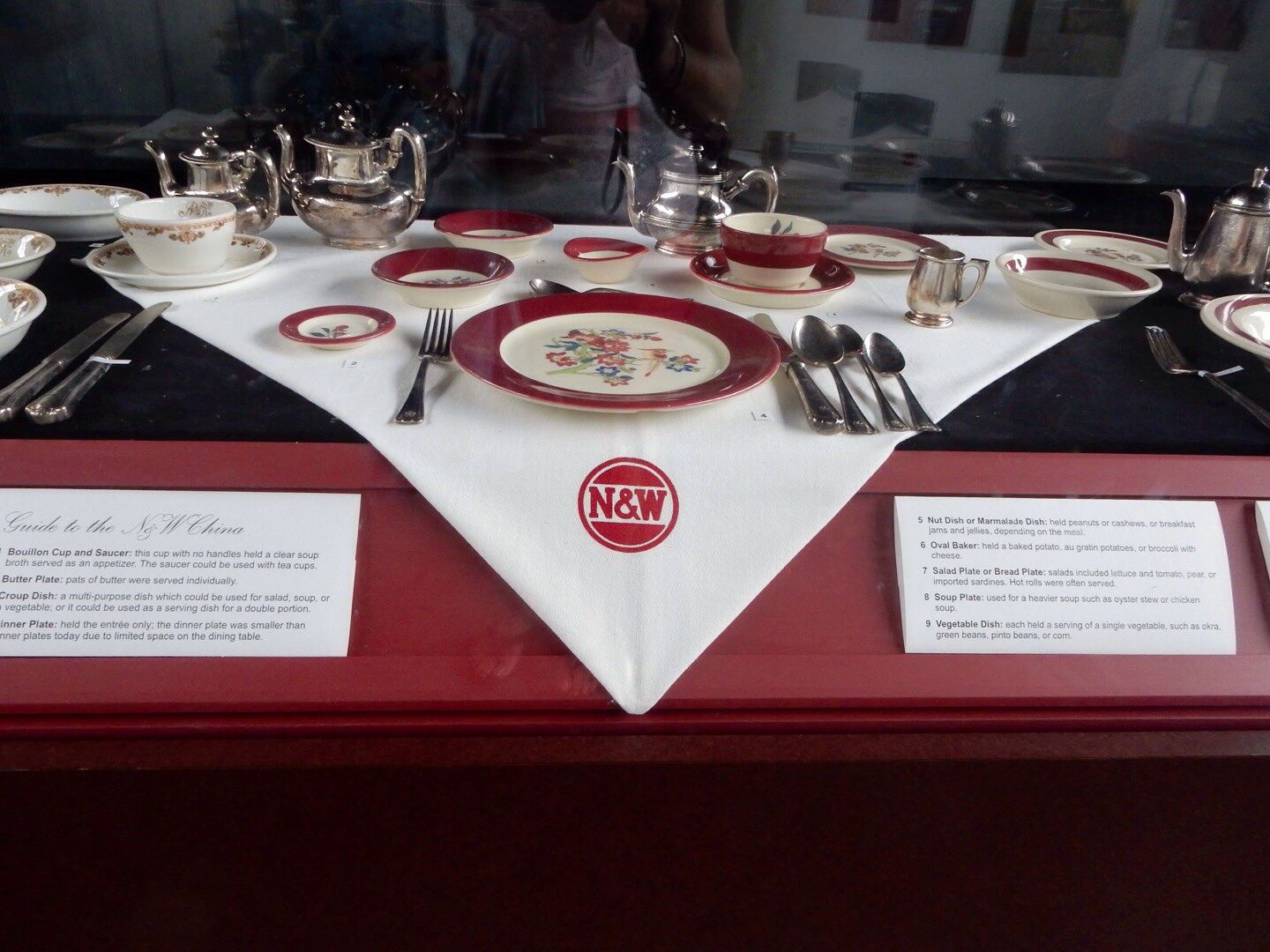
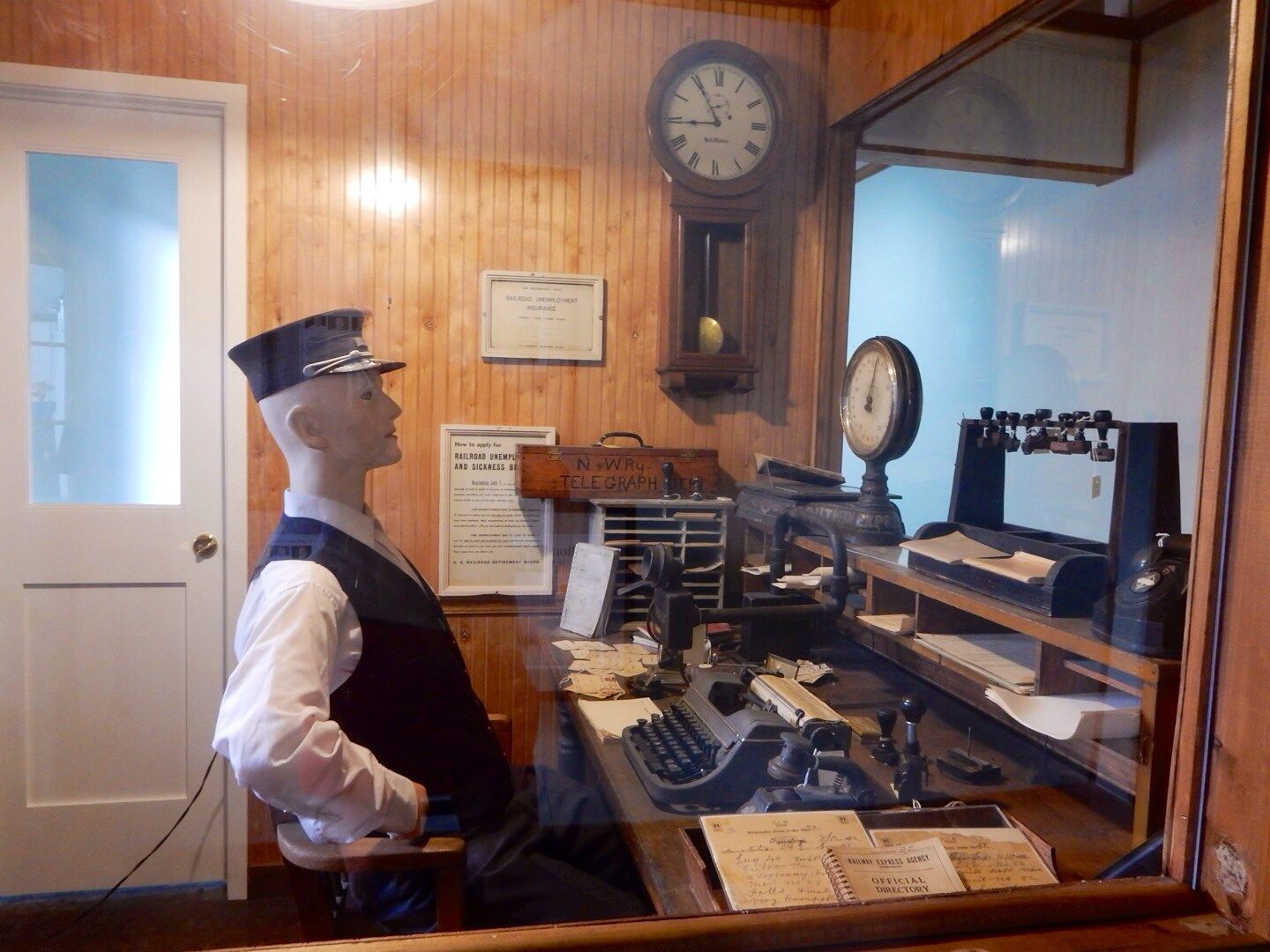
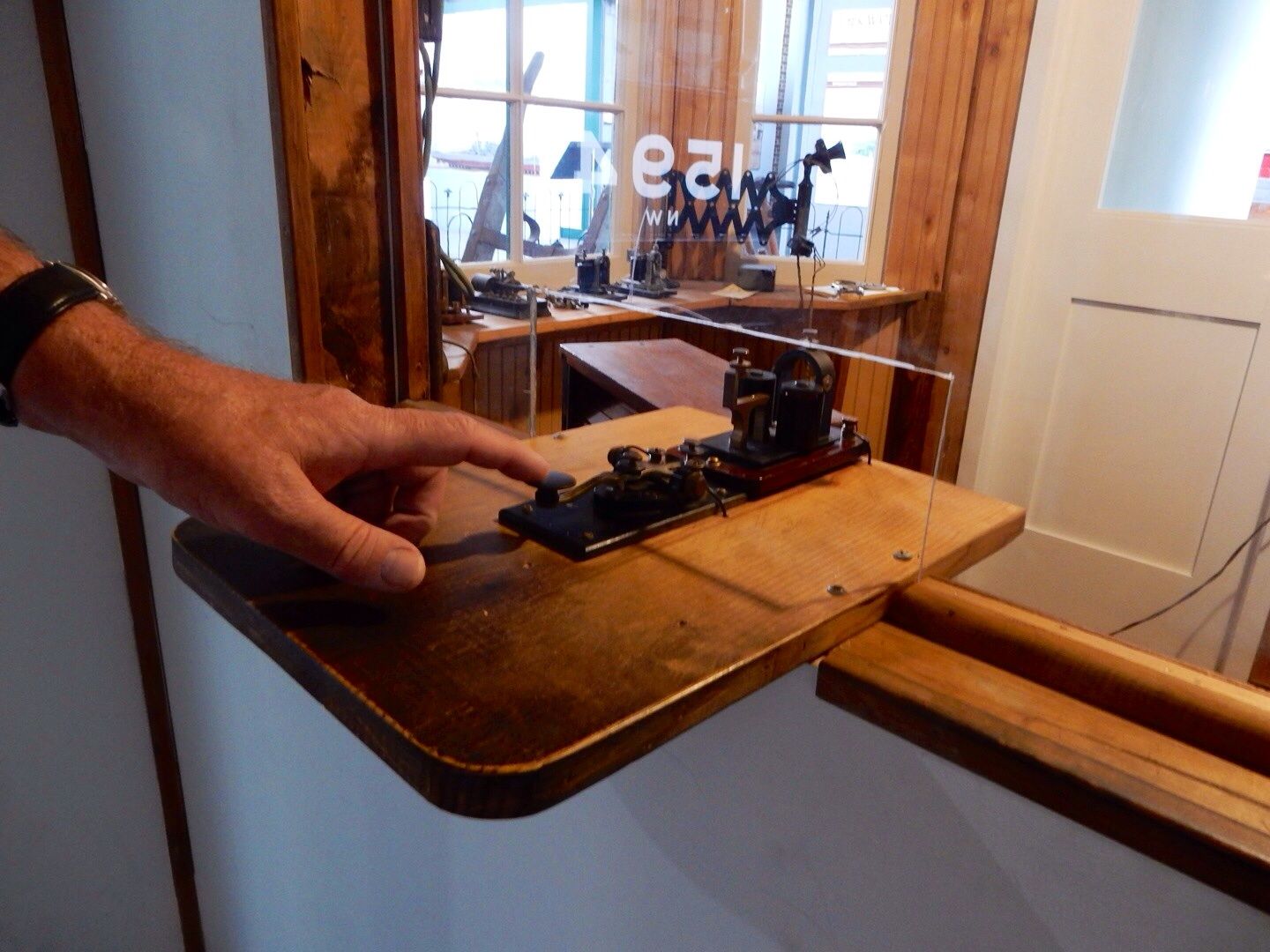
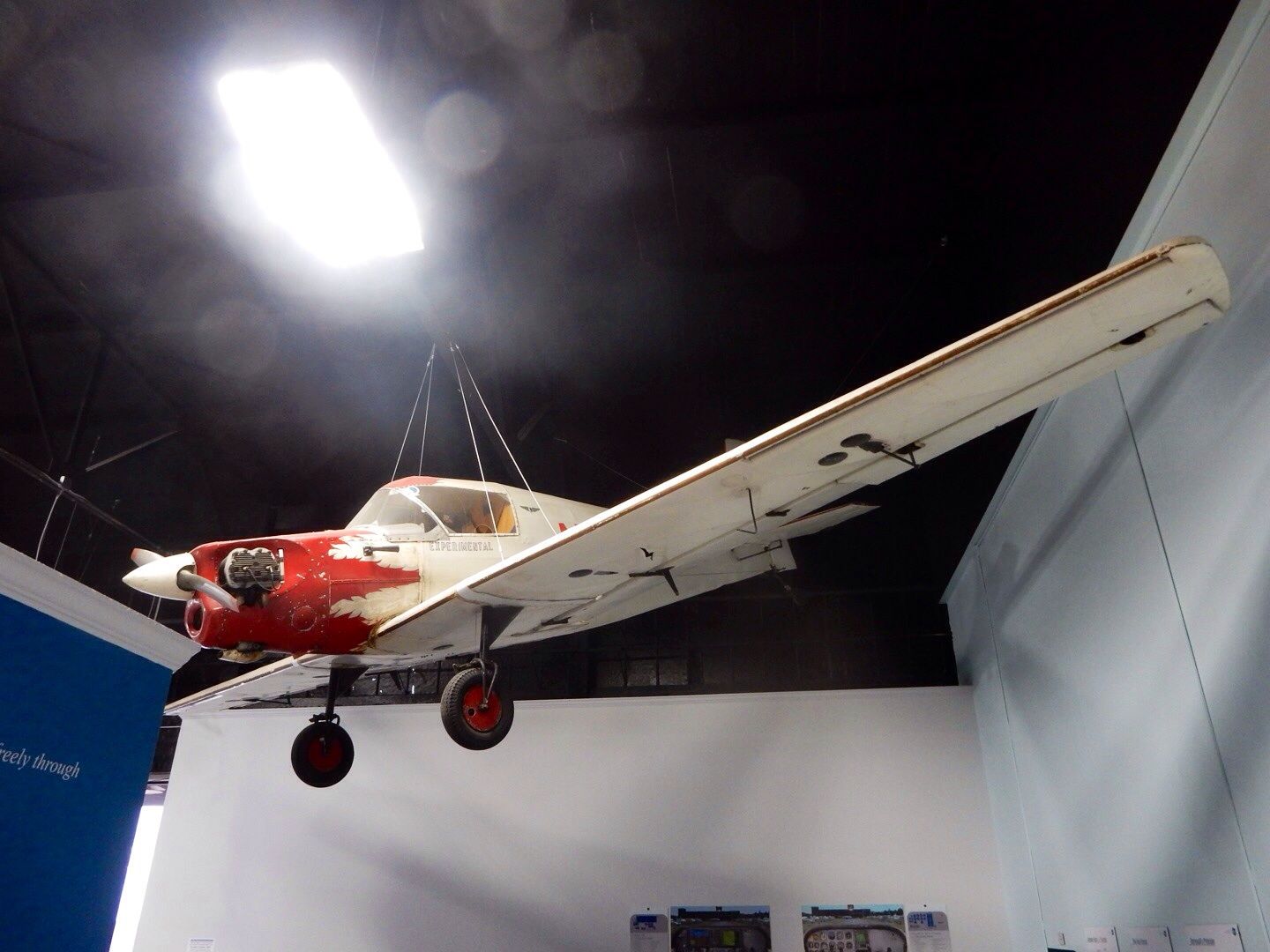
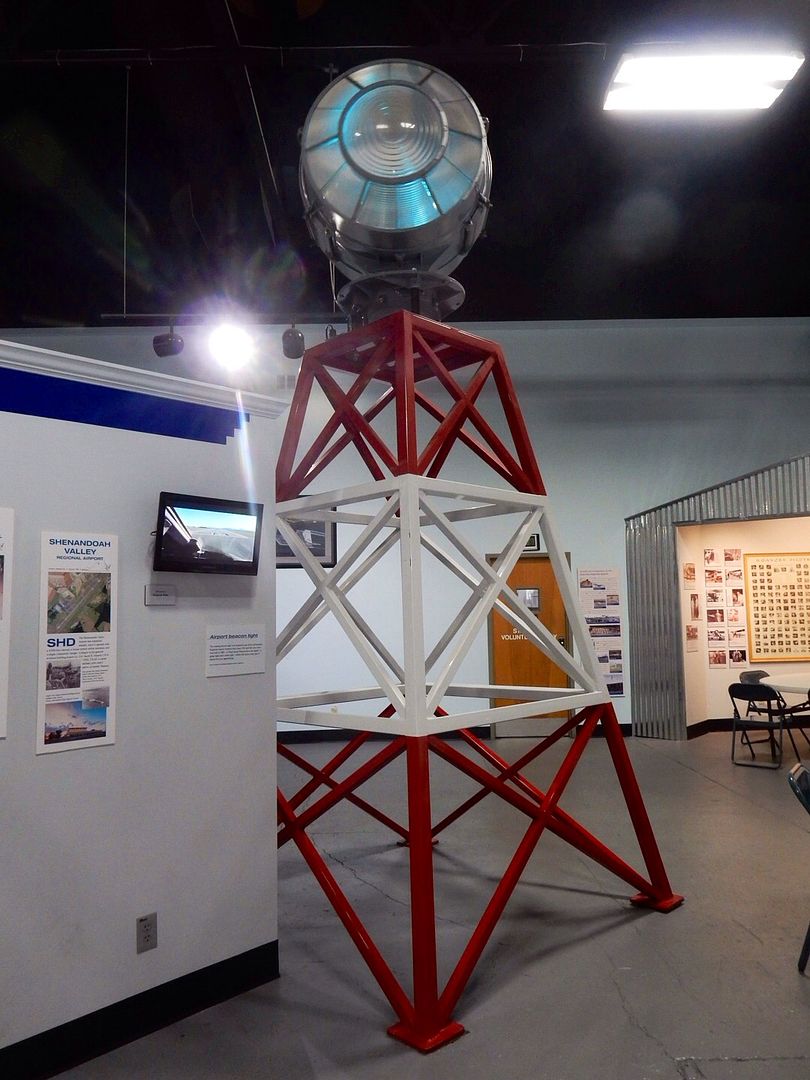
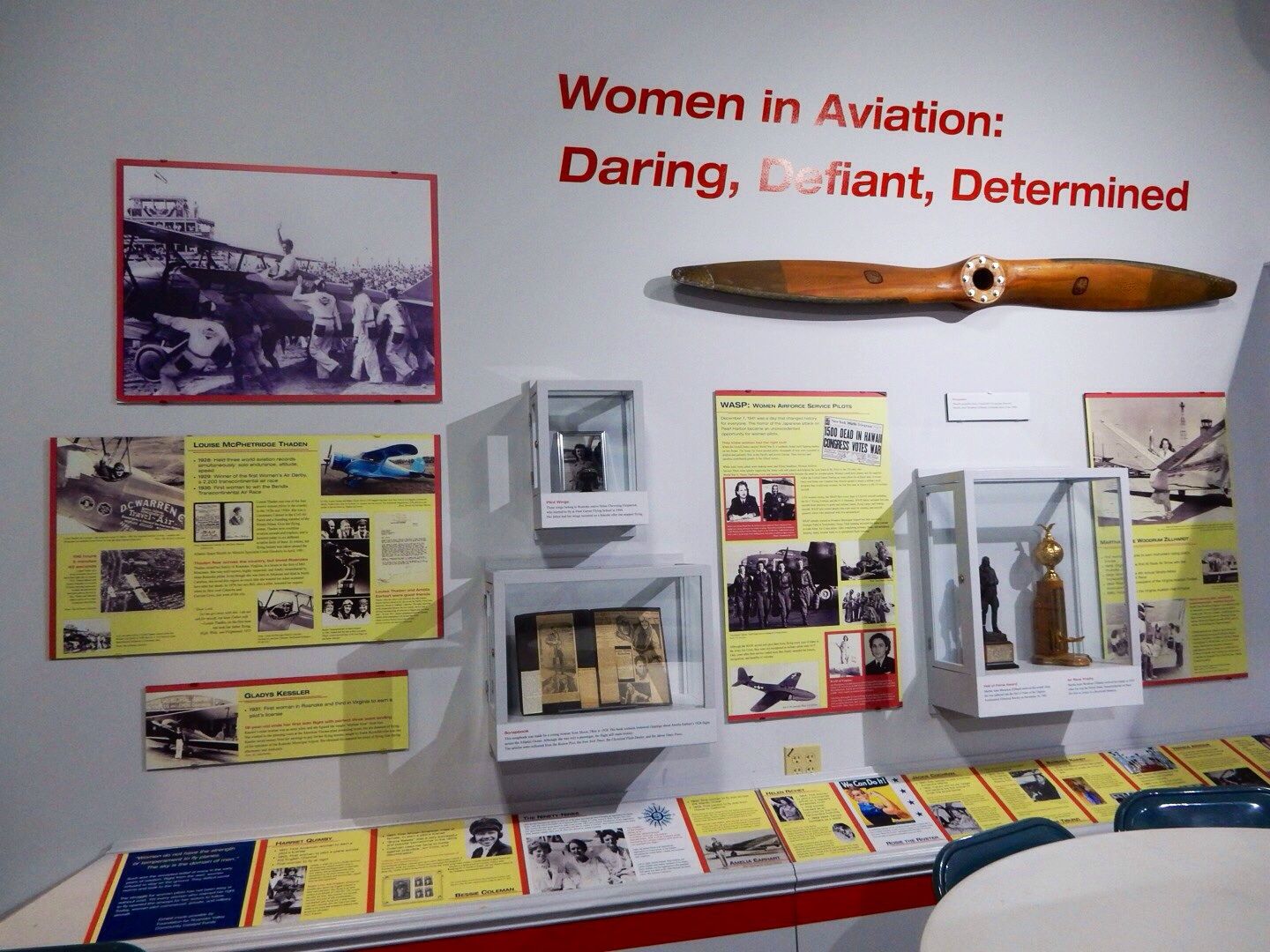
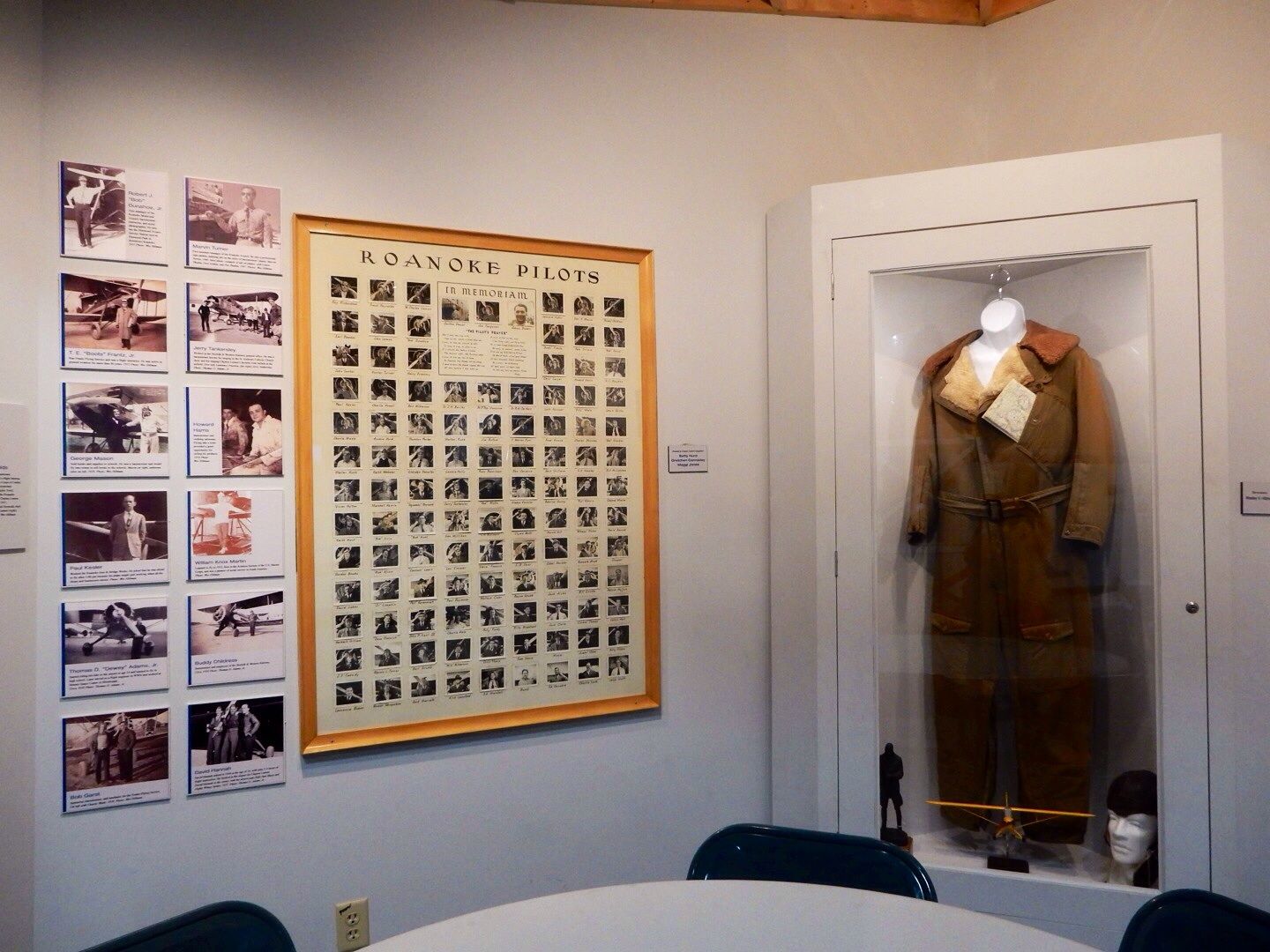
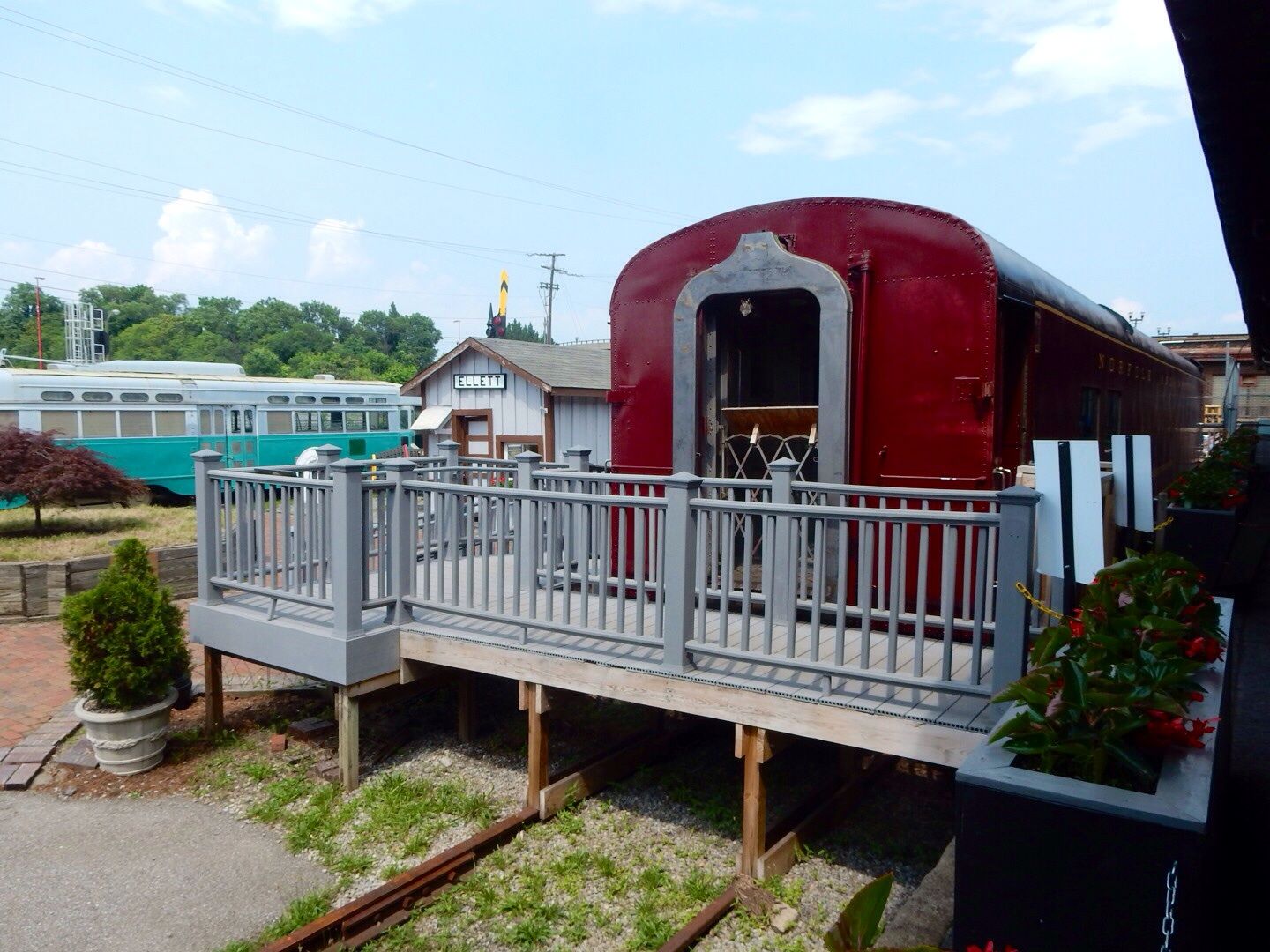
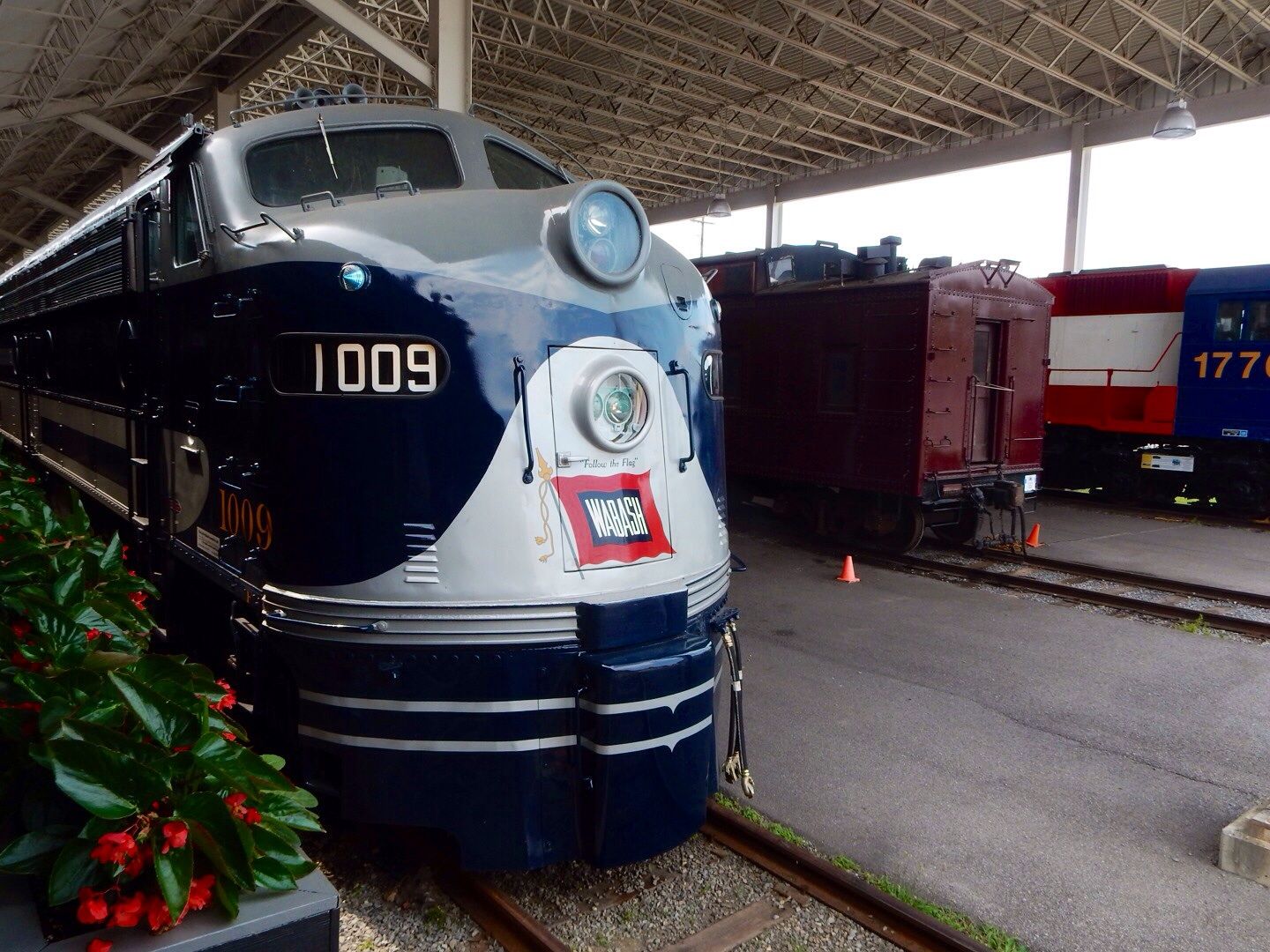

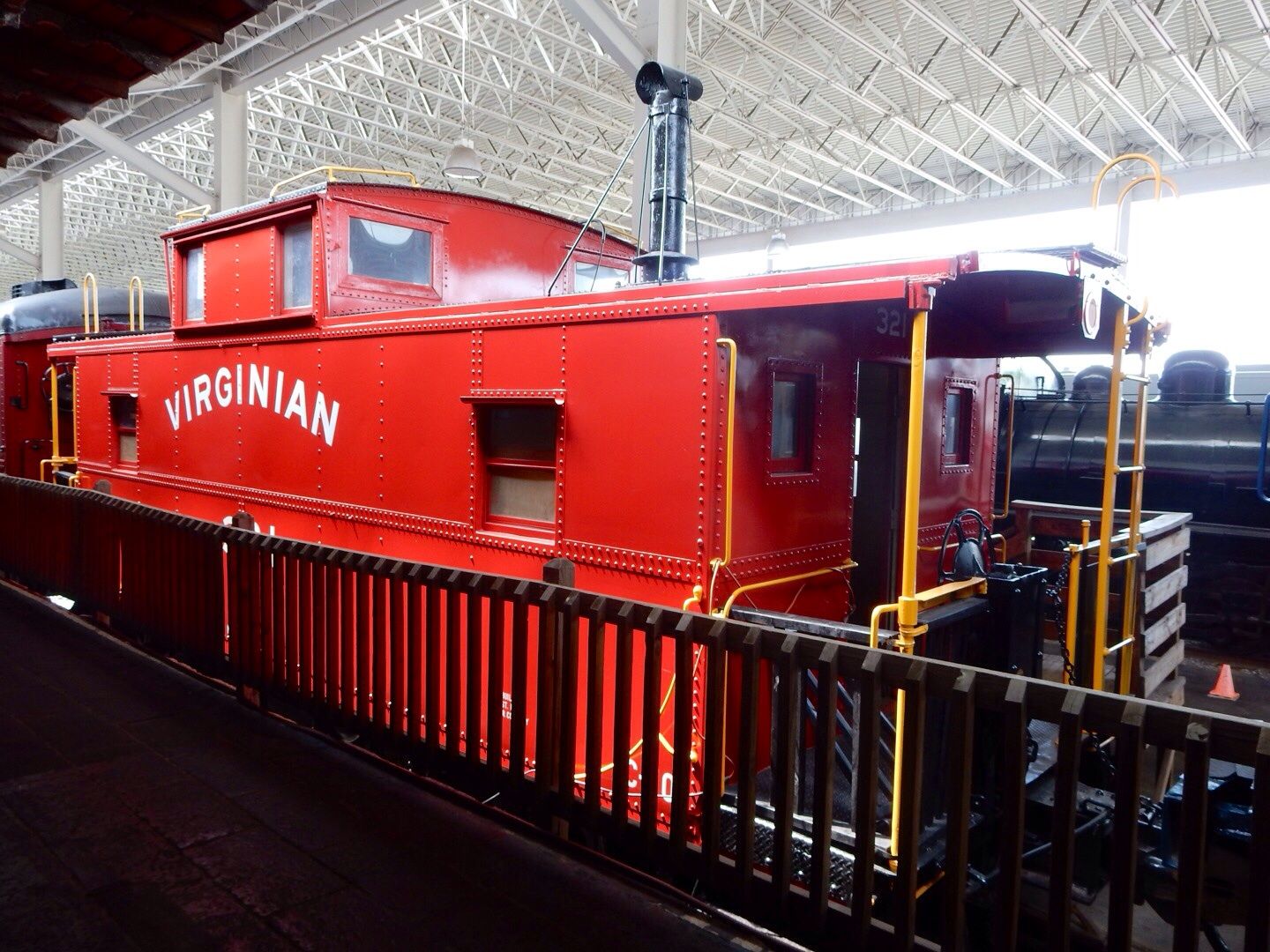

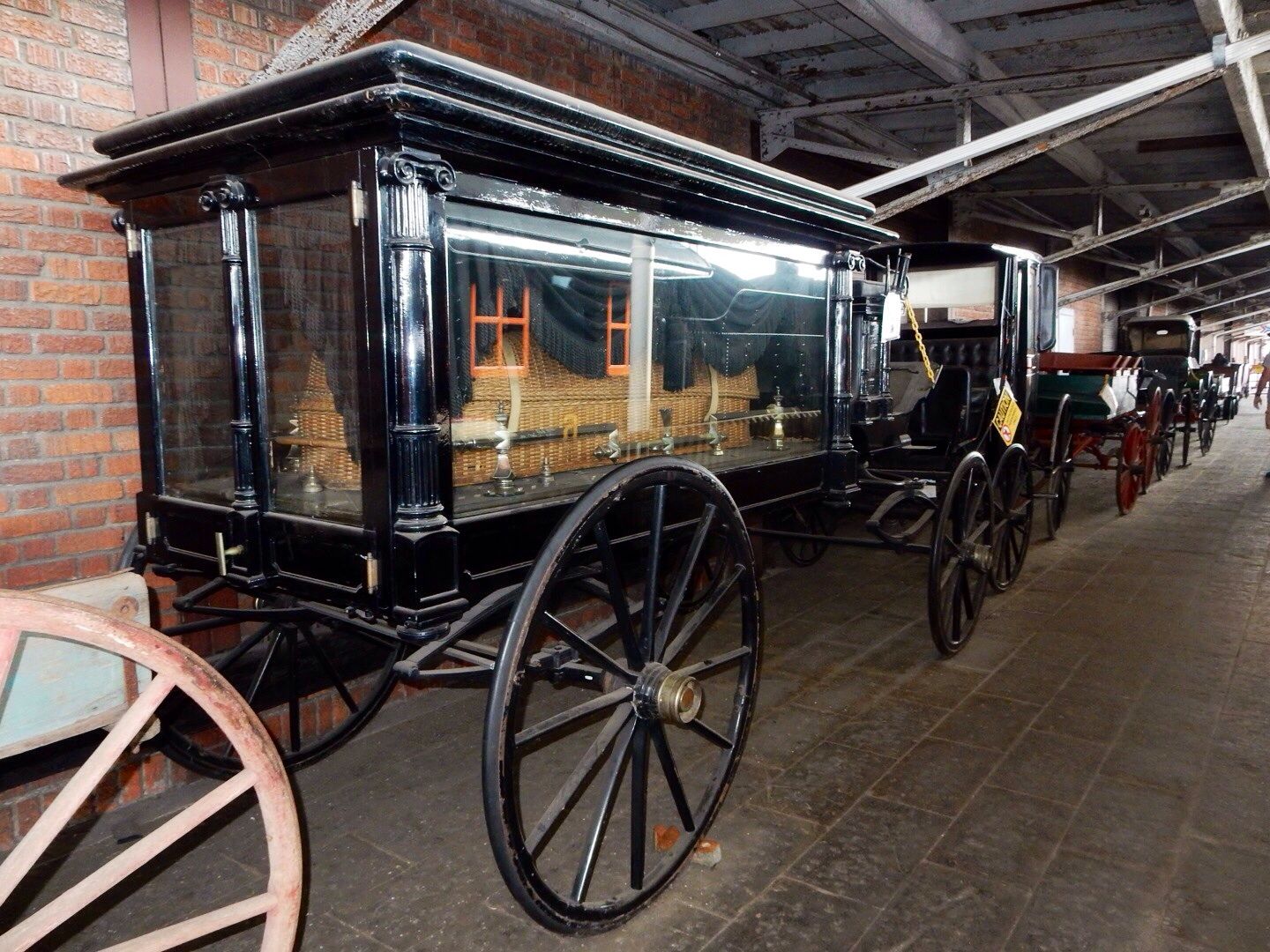
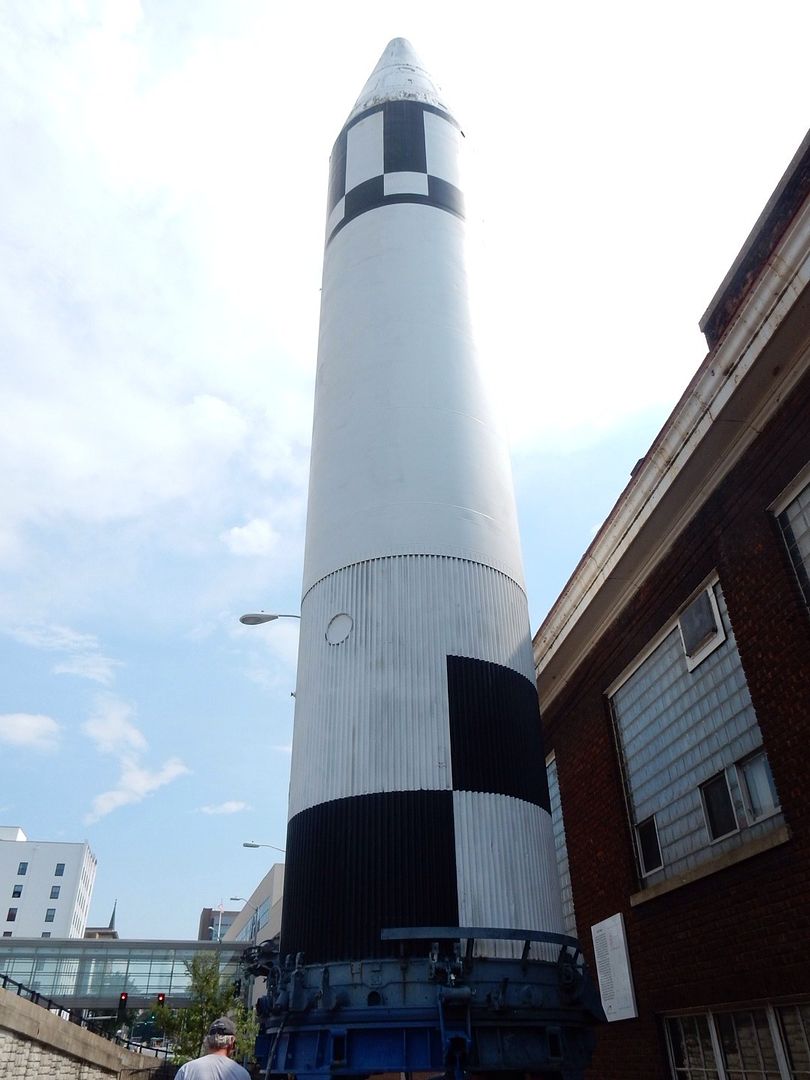

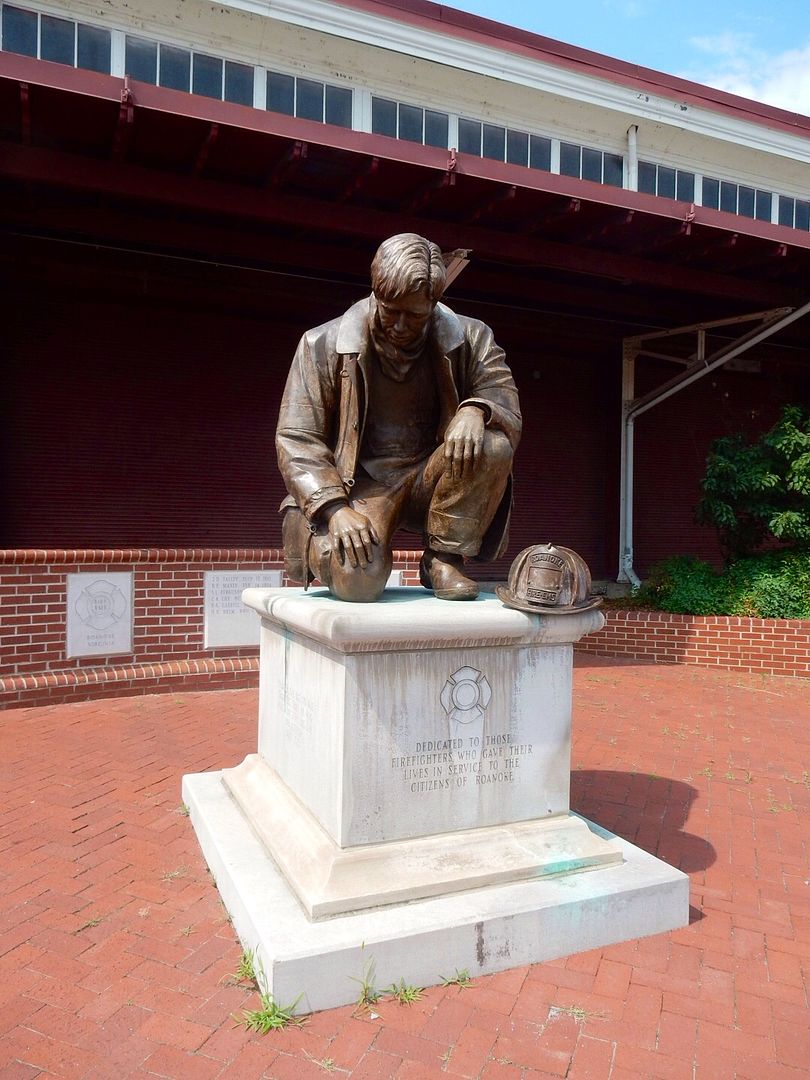

This comment has been removed by a blog administrator.
ReplyDelete